Naps are hard. Short naps are harder. If you feel this way, I can assure you that you are not alone. One of the most common reasons parents reach out is for help with short naps. Once your sleepy newborn starts waking up, they are less likely to want to nap. As humans, we were not designed to sleep during the day.
If you are struggling with short naps, I’ve rounded up 5 of my best pieces of advice when it comes to tackling short nap and I’m sharing them below.
1. Observe age-appropriate wake windows
Looking for your child’s sleepy cues can be challenging. For some kids, tiredness is very apparent. Other kids, however, will hardly show any signs at all. If you have reached the maximum length of your child’s age-appropriate wake window, then it is better to play it safe and put them down. Even if they don’t seem tired.
When kids become overtired, they produce extra cortisol. Excess cortisol works against restful sleep. A child who doesn’t seem tired (or seems the opposite of tired) could actually be an overtired child. Contrary to what most think, an overtired child isn’t going to get a restful sleep. They will usually take a short, restless nap.
2. Have a nap time routine
Just like you have a routine for bedtime, you should have a routine for nap time. Your nap time routine doesn’t have to be elaborate or match your bedtime routine, but it should be consistent. Routines help to prepare our brain for what is coming so that it can signal the body appropriately. Imagine if someone took your phone out of your hand and immediately plopped you in bed – would you be able to just fall asleep?
3. Don’t rock them to sleep
I talk all about why this is the most important aspect of teaching your child how to sleep independently in my Top Sleep Tip blog post. Ideally, naps are 2-3 sleep cycles long. If your child doesn’t put themselves to sleep at the beginning of their nap, chances are that they won’t put themselves back to sleep should they wake up in the middle of their nap. When this happens, you get a short nap that only lasts one sleep cycle (30-45 minute).
4. Create the ideal sleep environment
The ideal sleep environment is one that is dark, loud, and cozy. Children should nap in their beds (swaddled, if appropriate) and white noise should be loudly playing the whole time. My only exception for nap time is that it doesn’t need to be completely dark – it is ok if some light sneaks into the room.
5. Let them hang out in their bed


I posted an Instagram post this week that describes where nap issues arise in the infant sleep cycle. Typically, most children struggle with short naps when they don’t know or aren’t proficient at connecting their sleep cycles. Sometimes all they need is time and they will go back to sleep, either on their own or with intervention from you. When your child wakes up from a short nap, give them 20 minutes to see if they will go back to sleep. You might find that they were never actually awake – they were just displaying characteristics of light sleep, which can sometimes make it seem like they are awake.
So there you have it, my top tips for troubleshooting short naps. Are you struggling with short naps? Try one (or all) of the tips above and see if it makes a difference. If it doesn’t, I’m always here to help!


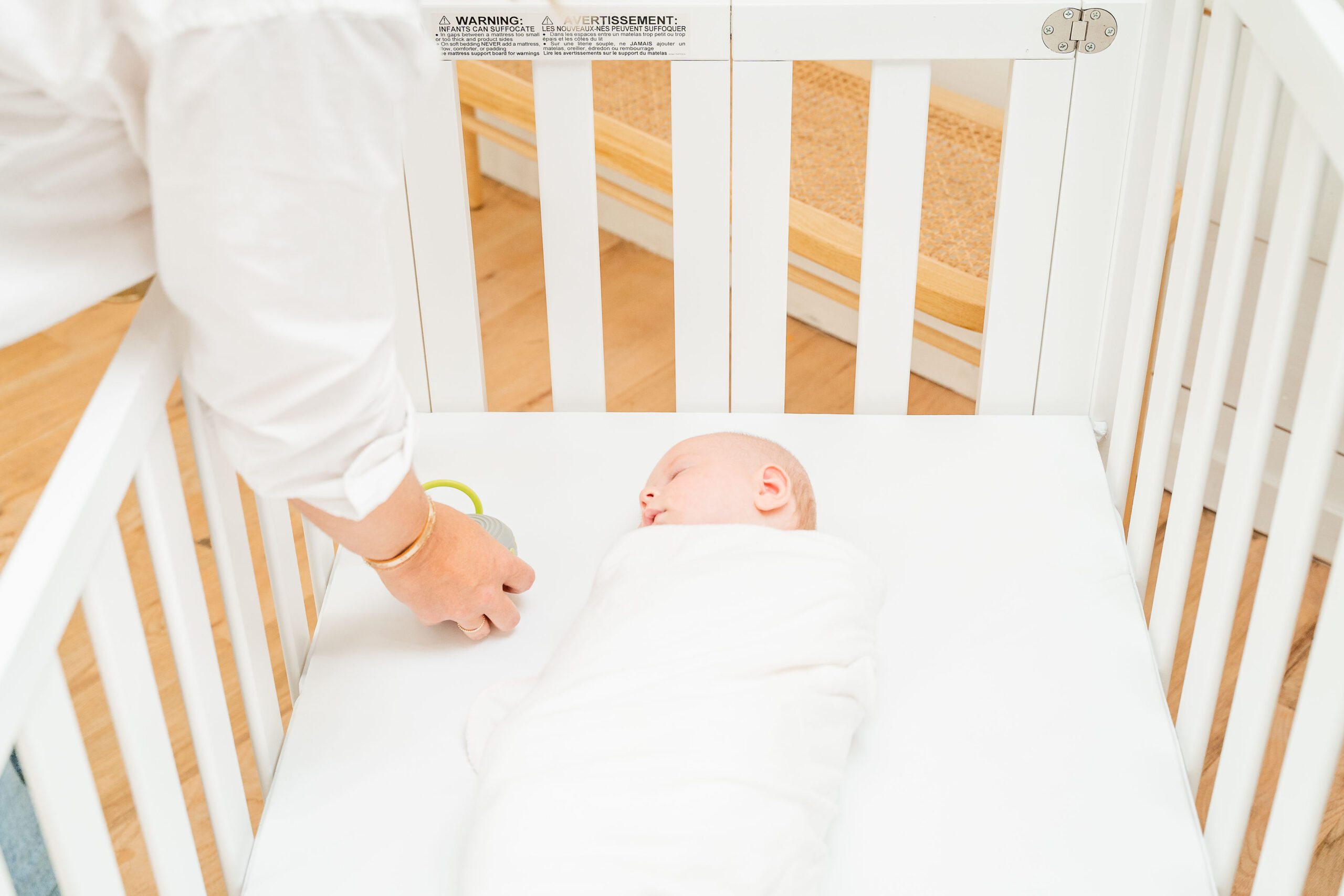





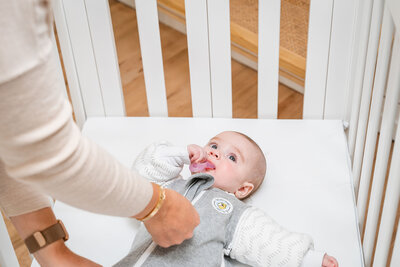
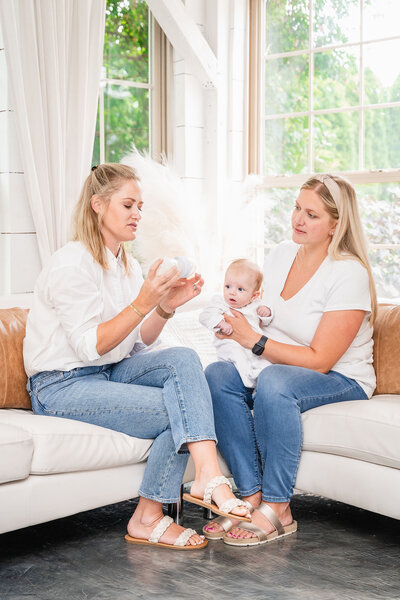
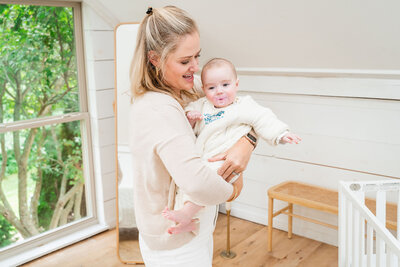


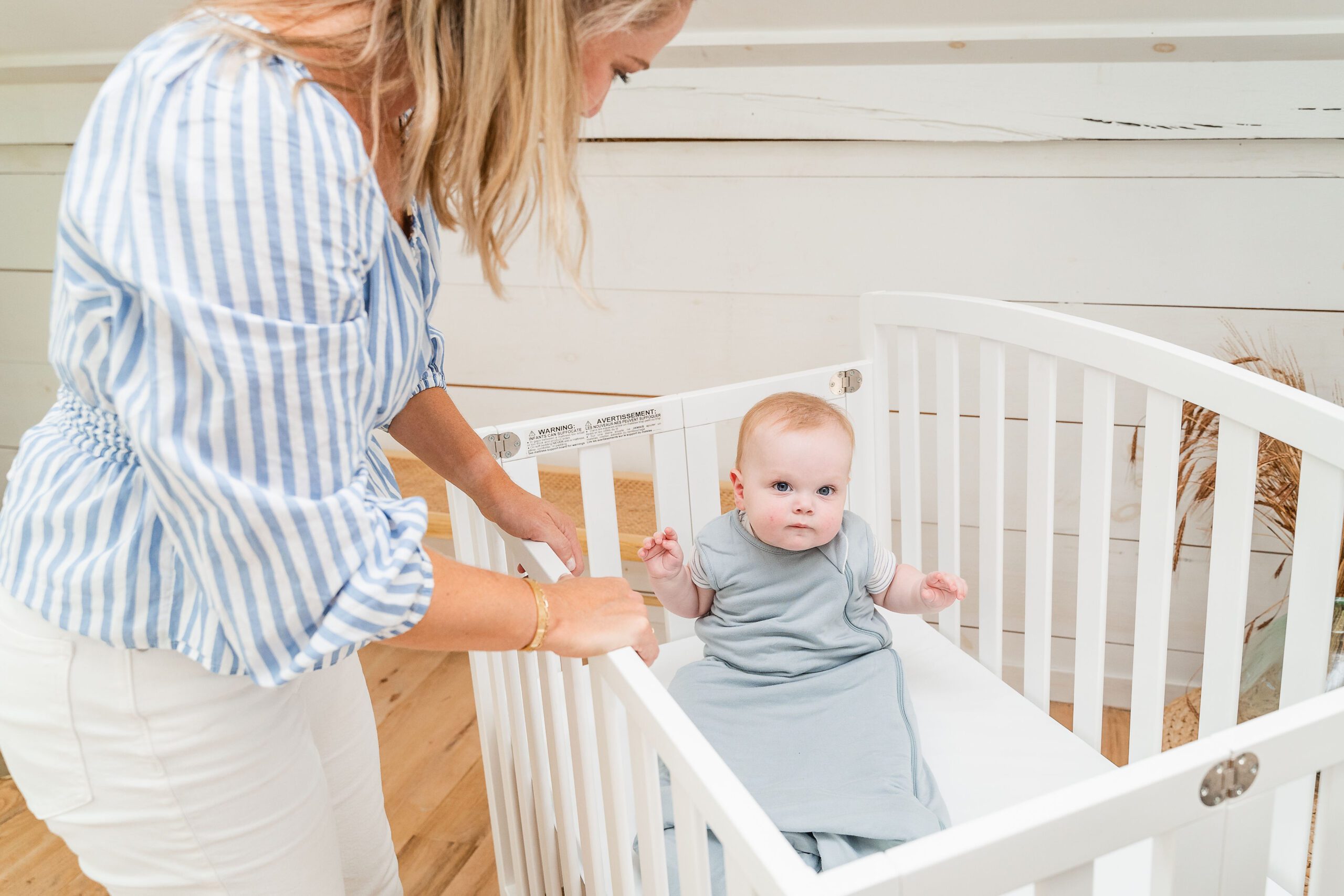


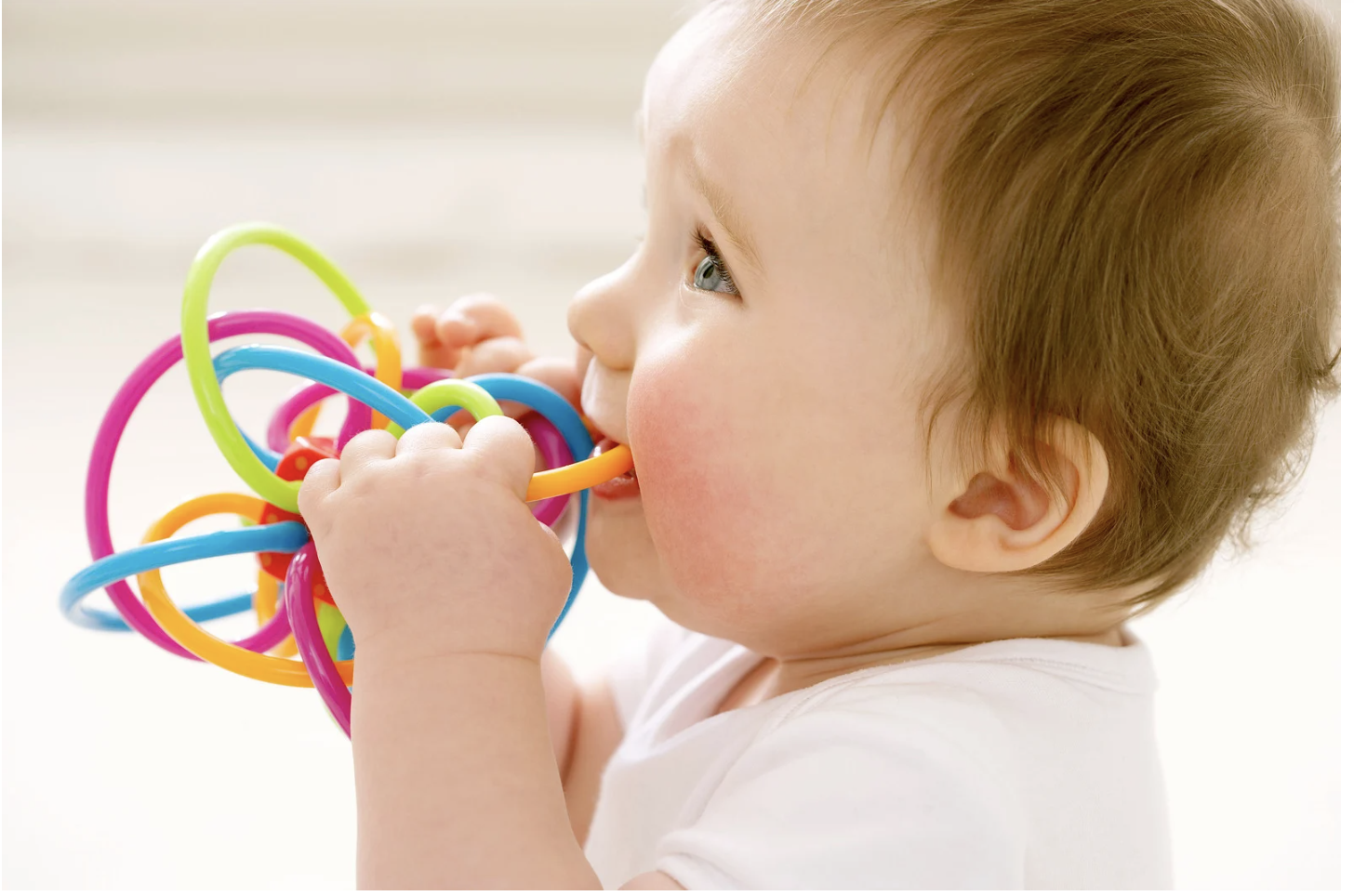




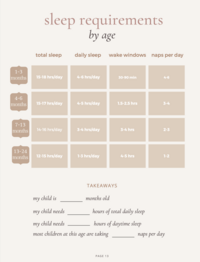

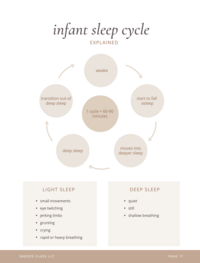



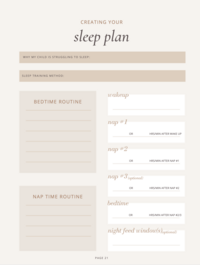
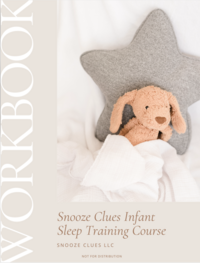
Read the Comments +